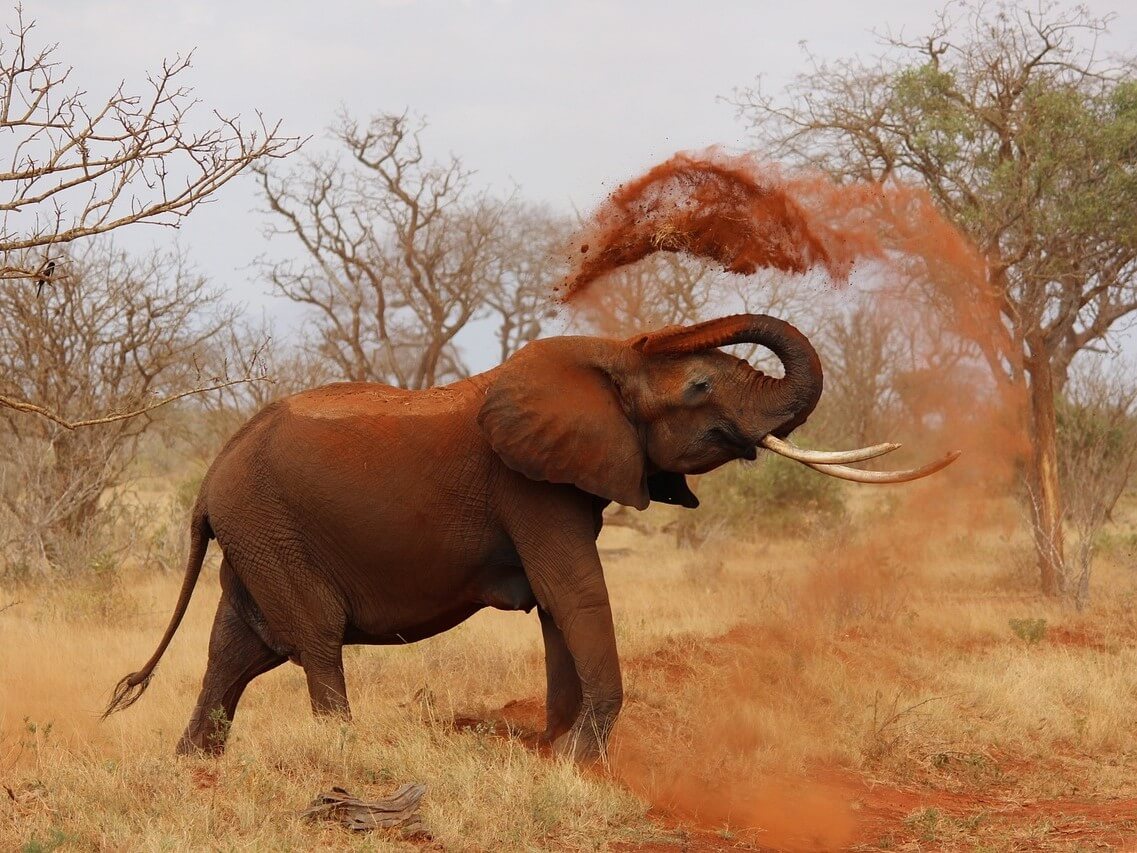
Ngorongoro Conservation Area: Nestled within the highlands of Tanzania, the Ngorongoro Crater is a natural wonder spanning over 8,000 square kilometers. This UNESCO World Heritage Site boasts a diverse landscape, from the vast grasslands of the crater floor to the dense forests clinging to its rim. At its heart lies the caldera, a collapsed volcano teeming with an astonishing array of wildlife.
The Ngorongoro Crater is renowned for its dense population of predators and prey, creating a unique microcosm of African savannah life. Lions roam the plains, while elephants and buffalo graze peacefully alongside wildebeest and zebras. With its high concentration of game, visitors are virtually guaranteed memorable wildlife encounters.
Beyond the crater, the Ngorongoro Conservation Area offers a tapestry of habitats to explore. Lush forests provide sanctuary to monkeys and birdlife, while soda lakes attract flocks of flamingos and other waterfowl. Cultural experiences abound as well, with opportunities to visit Maasai villages and learn about traditional ways of life.
Accommodations within the conservation area range from luxury lodges perched on the crater rim to tented camps nestled in the wilderness. Whether embarking on a game drive through the crater, hiking along the crater rim, or simply soaking in the awe-inspiring vistas, a visit to Ngorongoro Conservation Area promises an immersive journey into the heart of East Africa's natural and cultural heritage.
The climate in the Ngorongoro Conservation Area varies with its altitude and seasons. From June to October, temperatures are cooler with minimal rainfall, ideal for wildlife viewing. The wet season, November to May, brings warmer temperatures and occasional rains, resulting in lush landscapes. Visitors should expect fluctuating weather and come prepared for varying conditions throughout the year.

Lions

Buffalo

Cheetah

Giraffe

Hippo

Elephant

Leopard

Impala

Zebra

Hornbill

Hadada Ibis

Grey Crowned Crane